Meet your future workplace: AI bots, 3D printing and virtual reality
Vodafone says collaboration and gaming will fuel future office design


Young people coming into employment in the next five years will work in a virtual reality office in the future, according to Vodafone.
Speaking at a keynote speech at the UC Expo in London, Peter Terry-Brown, head of product management at Vodafone, said 14-to-16-year-olds worked together in a virtual environment better than an older group did in a traditional office, when the telco decided to compare them.
Terry-Brown said that none of the delegates present would define the workplace of the future, rather it would be down to younger people defining it through how they collaborate.
Out of that collaboration study, three elements surfaced that would define the future workplace, he added.
First, in the study, boys and girls came together to understand the goals at hand and saw it through to completion quicker than the older group working in a more traditional office setting, with the virtual environment also offering unexpected benefits.
"The best performer was someone with crippling social anxiety that couldn't leave their house," said Terry-Brown.
Second, the younger group were able to try and try again until they got it right. He said that this type of collaboration is something that the industry has been trying to teach its workforces.
Get the ITPro daily newsletter
Sign up today and you will receive a free copy of our Future Focus 2025 report - the leading guidance on AI, cybersecurity and other IT challenges as per 700+ senior executives
Third, the youngsters had another trick up their sleeves - gaming.
"Kids are learning the skills they need for the future of work as a hobby. They play games against each other."
But Terry-Brown warned that if organisations do not take into account how younger people collaborate, they were in danger of "creating a sub-optimal environment for workers in the future".
He added that three things were necessary for the future workplace. First, virtual reality would play an "absolutely critical" part, but must be less obtrusive and more intuitive.
Second, every single team of workers would in future have an AI bot that would help organisations interpret the vast amounts of data being generated every year.
Lastly, Terry-Brown said that 3D printing would help represent the real world to virtual teams in order to enhance the connection that people have with environments they may not be able to personally visit. "It's all about making the connection," he said.Your
Rene Millman is a freelance writer and broadcaster who covers cybersecurity, AI, IoT, and the cloud. He also works as a contributing analyst at GigaOm and has previously worked as an analyst for Gartner covering the infrastructure market. He has made numerous television appearances to give his views and expertise on technology trends and companies that affect and shape our lives. You can follow Rene Millman on Twitter.
-
 Bigger salaries, more burnout: Is the CISO role in crisis?
Bigger salaries, more burnout: Is the CISO role in crisis?In-depth CISOs are more stressed than ever before – but why is this and what can be done?
By Kate O'Flaherty Published
-
 Cheap cyber crime kits can be bought on the dark web for less than $25
Cheap cyber crime kits can be bought on the dark web for less than $25News Research from NordVPN shows phishing kits are now widely available on the dark web and via messaging apps like Telegram, and are often selling for less than $25.
By Emma Woollacott Published
-
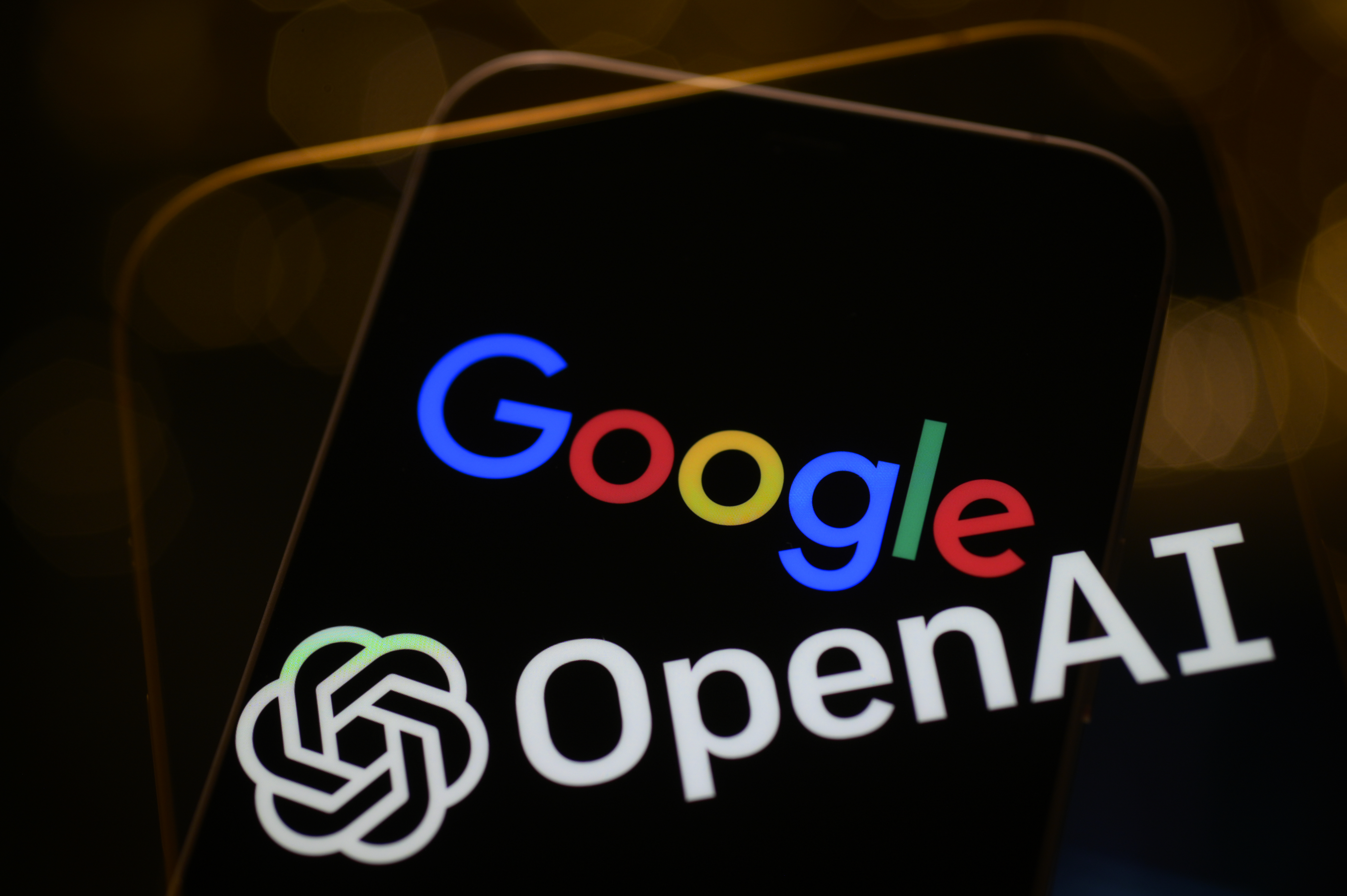 Big Tech AI alliance has ‘almost zero’ chance of achieving goals, expert says
Big Tech AI alliance has ‘almost zero’ chance of achieving goals, expert saysNews Companies like Microsoft, Google, and OpenAI all have competing objectives and approaches to openness, making true private-sector collaboration a serious challenge
By Rory Bathgate Published
-
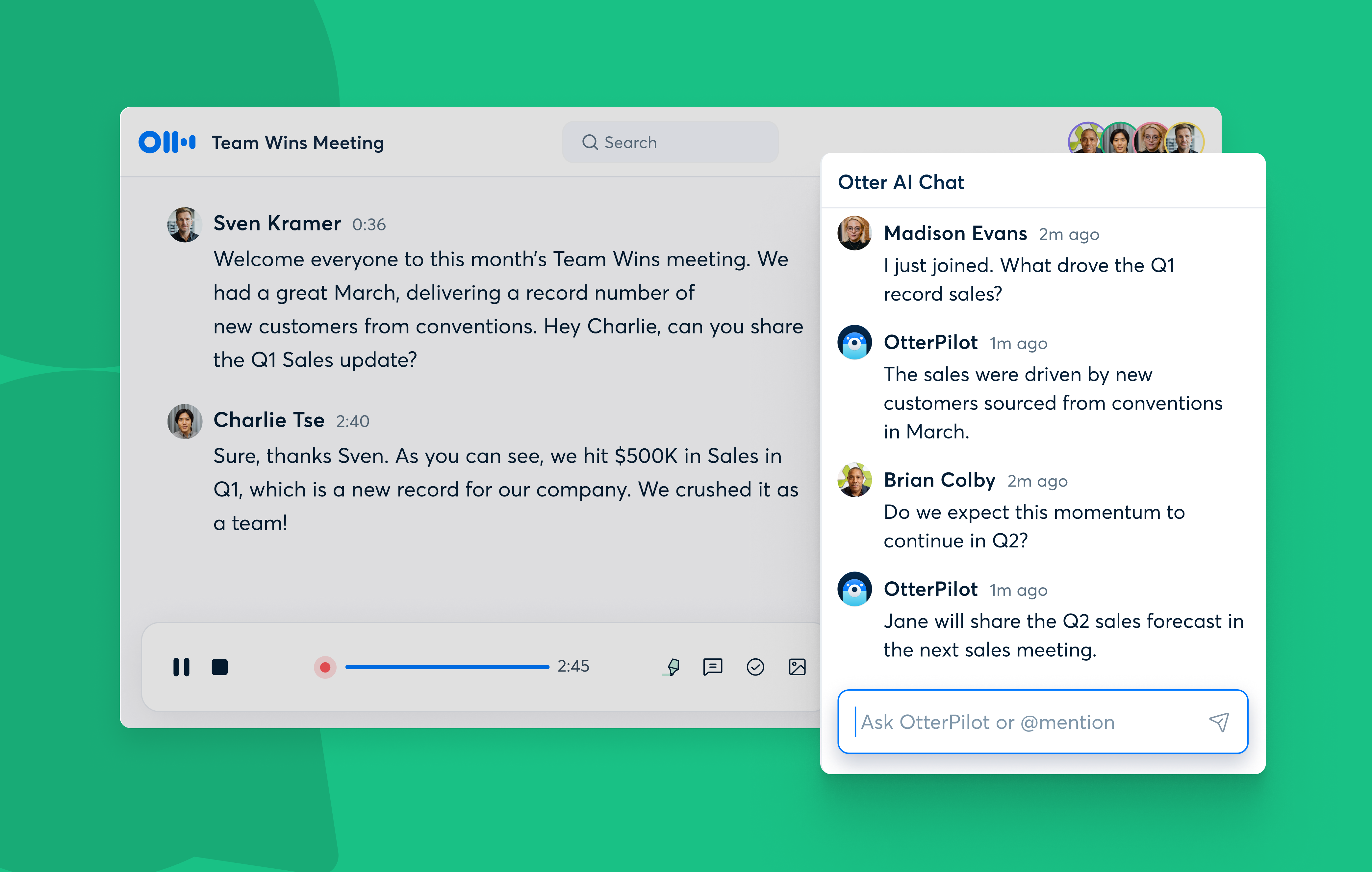 Otter.ai brings collaborative AI to meetings with Otter AI Chat
Otter.ai brings collaborative AI to meetings with Otter AI ChatNews The speech-to-text giant has set its sights on contextual AI
By Rory Bathgate Published
-
 Slack says automation can save every employee a month of work per year
Slack says automation can save every employee a month of work per yearNews Research from Slack found that workers believe generative AI tools will revolutionize productivity
By Ross Kelly Published
-
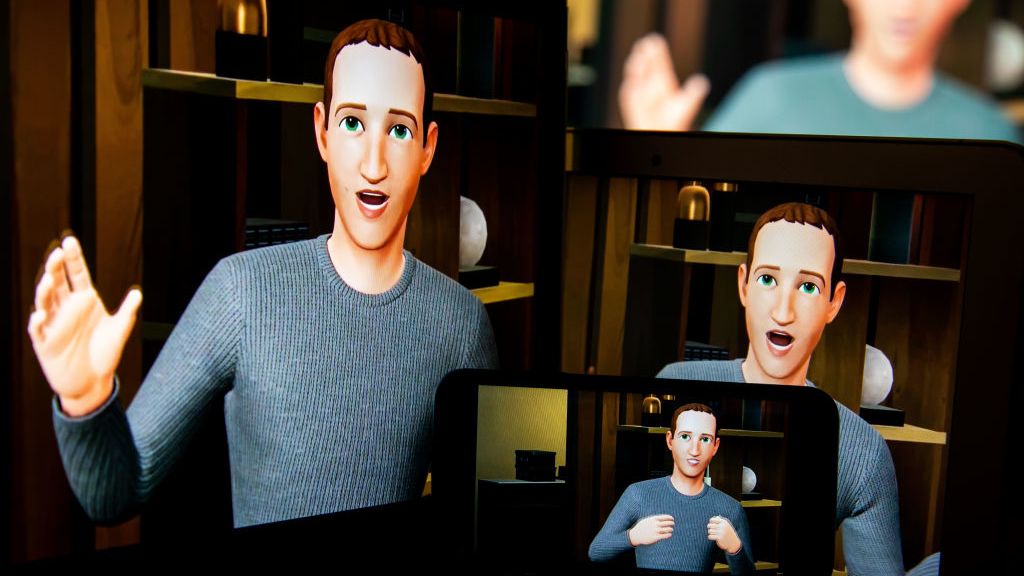 Generative AI has left the metaverse in the dust
Generative AI has left the metaverse in the dustOpinion Generative AI demonstrating tonnes of business use cases only serves to highlight the hopelessness of the metaverse
By Rory Bathgate Published
-
 Meta's earnings are 'cause for concern' and 2023 looks even bleaker
Meta's earnings are 'cause for concern' and 2023 looks even bleakerAnalysis Calls for investor faith in metaverse tech only emphasise the worries that its investment strategy won't pay off
By Rory Bathgate Published
-
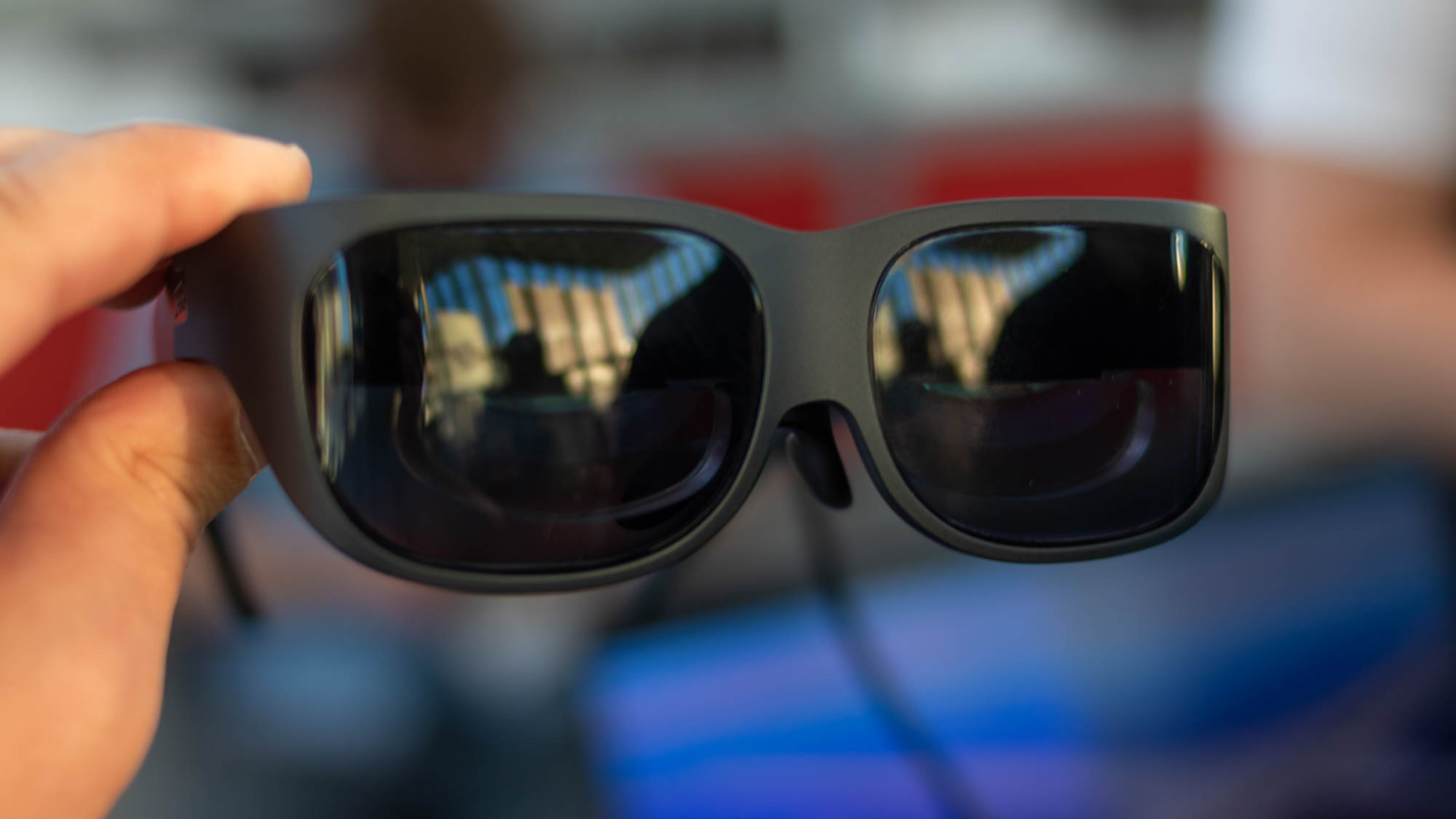 Has Lenovo found the ultimate business use case for smart glasses?
Has Lenovo found the ultimate business use case for smart glasses?Opinion Lenovo’s T1 smart glasses offer a virtual desktop that only you can see
By Bobby Hellard Published
-
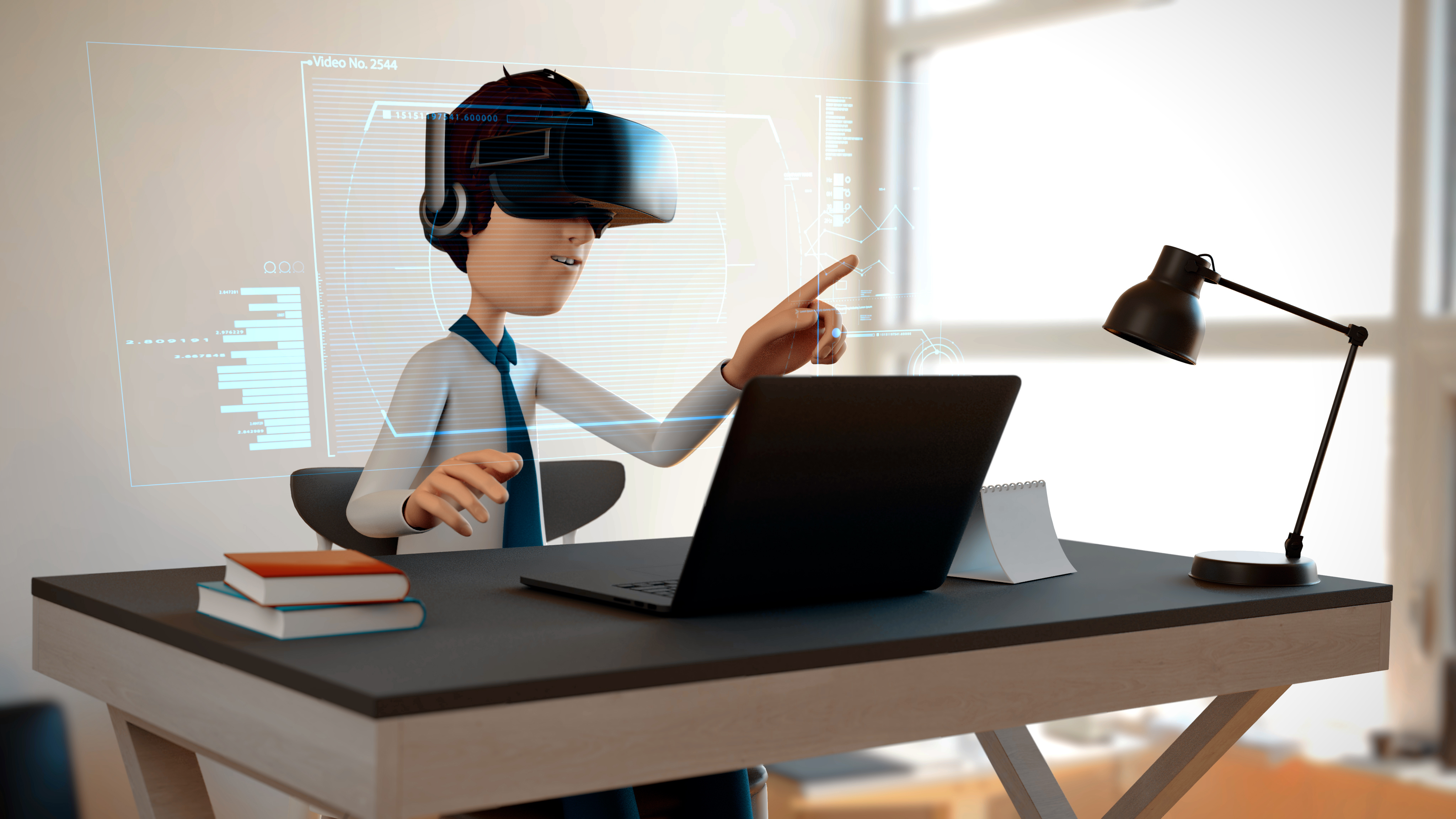 Seven steps to keeping metaverse meetings safe and secure
Seven steps to keeping metaverse meetings safe and secureIn-depth There are practical measures you can take to keep virtual meetings productive, safe and ethical as your team embraces VR-powered spaces
By Charles Radclyffe Published
-
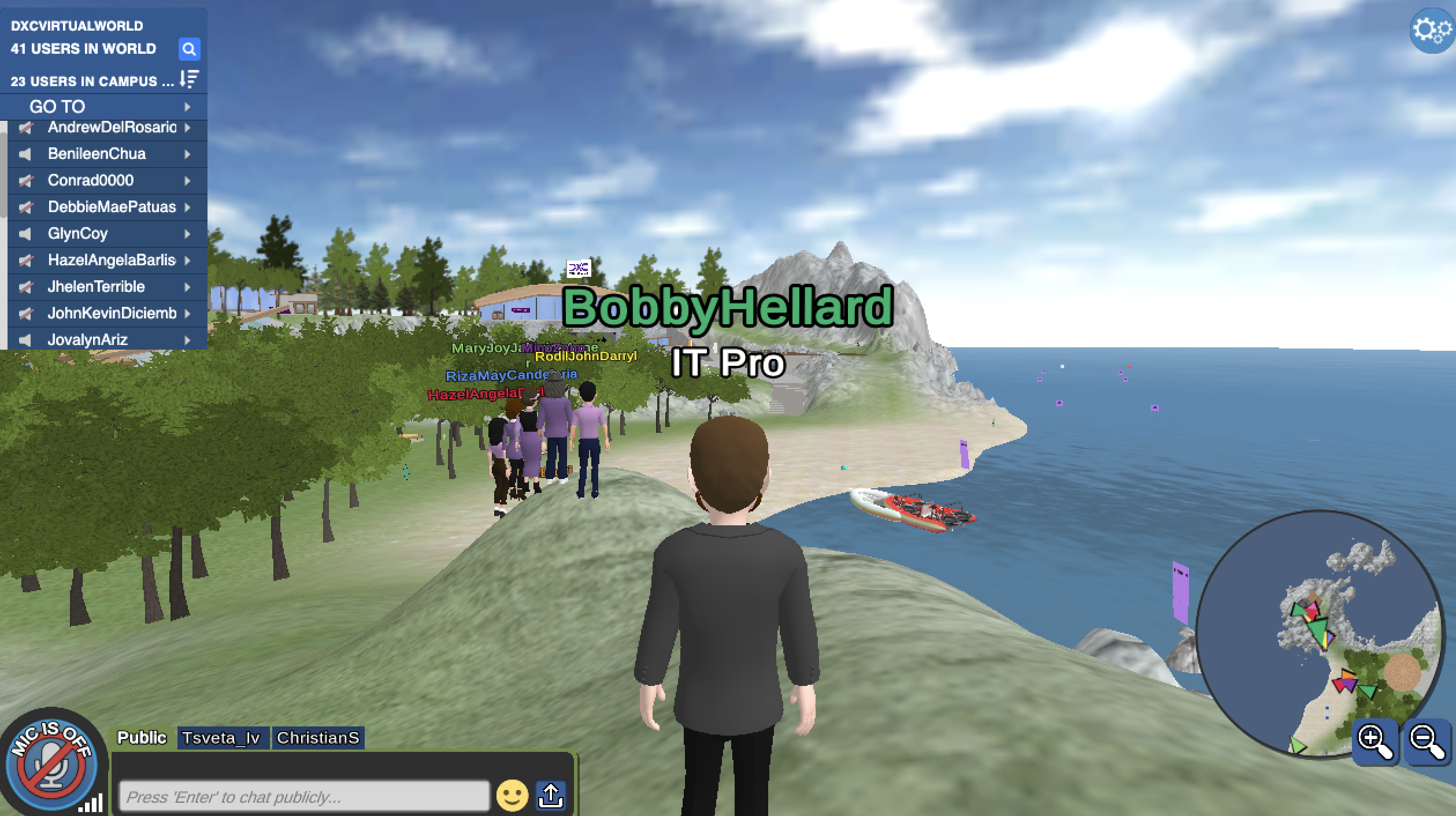 Into the metaverse: Everything we learned from our virtual tour
Into the metaverse: Everything we learned from our virtual tourOpinion Constant distractions – and not much collaboration – make it hard to see the business use cases
By Bobby Hellard Published